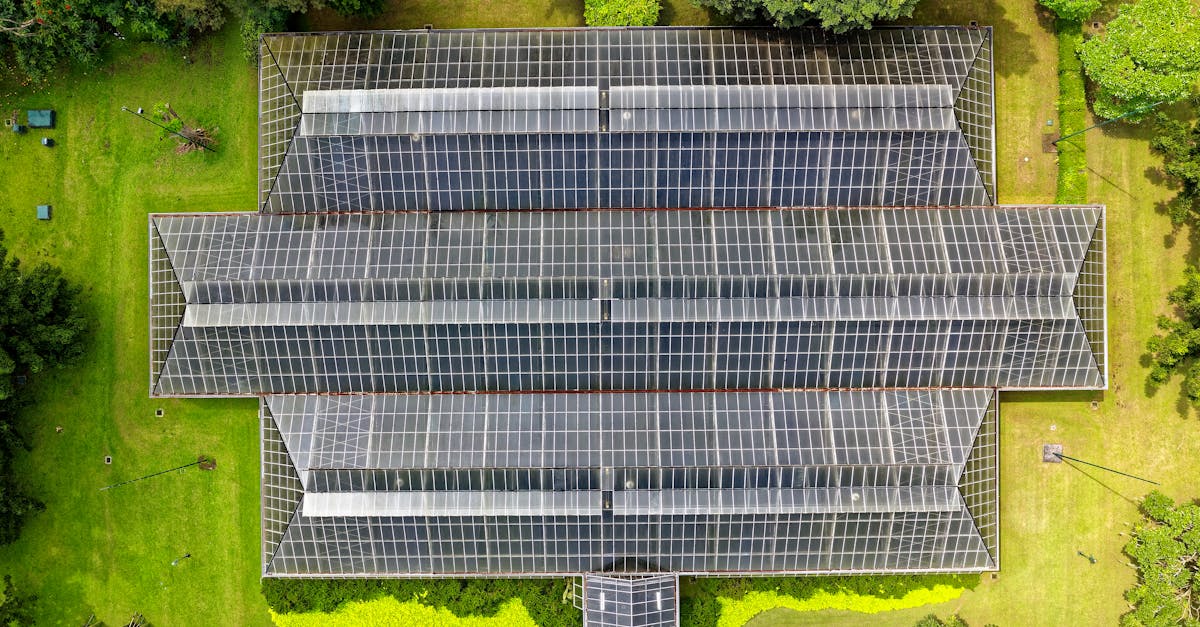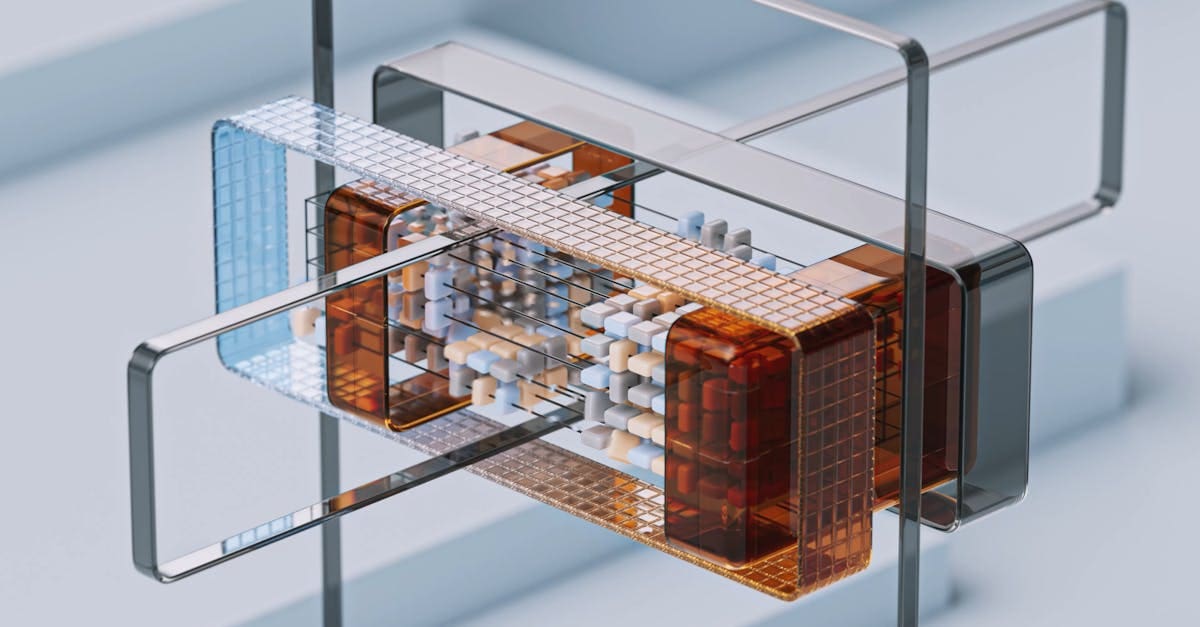9 Little-Known Ways to Elevate Your AI Sustainable Architecture
Imagine stepping into a future where buildings are not only aesthetically pleasing but also harmonize effortlessly with the environment. I often think about how AI sustainable architecture could revolutionize the way we design spaces, merging technology with nature into a seamless blend. AI offers architects a powerful tool to enhance design efficiency and reduce environmental impacts. By using real-time data and predictive insights, architects can optimize projects to be more resilient and environmentally friendly.
Why is all this important to me, you might ask? Because these cutting-edge technologies aren’t just about creating stunning visuals—they’re about improving how we live while safeguarding our planet. AI’s role in urban planning, material selection, and energy efficiency ensures that each project meets sustainability goals without compromising on creativity or cost-effectiveness. This approach assists architects in crafting buildings that adapt and evolve rather than being replaced, promoting a shift towards sustainable development.
Curious about how you can leverage these insights into your projects? Dive into the details and discover nine lesser-known strategies to elevate architectural designs with technology.

Photo provided by Google DeepMind on Pexels
In the article
- AI Sustainable Architecture: Unseen Benefits
- Innovation in AI Building Design
- AI’s Role in Construction Evolution
- Sustainable Smart Buildings with AI
AI Sustainable Architecture: Unseen Benefits
Boosting Environmental Efficiency
When I think about how AI is changing the game in sustainable building, I see that it plays a big role in making sure our buildings have less impact on the environment. AI uses its power to analyze and understand climate data better than we ever could. This analysis helps us make smart decisions about design and construction that truly enhance energy efficiency. By focusing on this data-driven approach, AI ensures our buildings are as green as possible and help reduce environmental harm.
AI doesn’t just stop at analyzing data; it actively helps architects in improving energy efficiency in buildings. Have you ever wondered how some buildings seem to smartly adjust their energy use? That’s AI at work! It predicts needs and adjusts energy usage so that nothing is wasted. This kind of efficiency can make a huge difference in reducing carbon footprints. Plus, AI helps in finding strategies that include using renewable energy sources, like solar panels, further aiding in reducing the reliance on non-renewable resources.
Optimizing Material Usage
AI is also a great helper when it comes to choosing materials for construction. It suggests eco-friendly materials based on a building’s needs, helping us make greener choices. I find it amazing that AI considers durability and recyclability when it makes these recommendations, ensuring that materials stand the test of time while still being kind to the planet. This means we can build strong, long-lasting structures without compromising on sustainability.
The benefits don’t stop just at the material choice. AI looks at the whole picture and considers the long-term sustainability of the materials we use. It helps identify which materials can be recycled or have a reduced environmental footprint. Also, AI provides insights into the entire lifecycle of materials, making sure we’re not just solving today’s problems but planning for tomorrow as well. This vision for sustainability is crucial in helping us build a more responsible and environmentally friendly future.
Advanced Urban Planning
In the hustle and bustle of urban planning, AI is a real game-changer. It streamlines the whole process by using data to make smarter decisions faster. I see how AI focuses on things like green building automation, helping us create urban spaces that are not just livable but also sustainable. This involves making sure that every piece of land is used wisely, reducing waste and optimizing space.
AI’s influence on urban livability is profound. It aids in crafting spaces that are not only functional but also enhance the quality of life for residents. By integrating AI, we can ensure that cities are well-organized, efficient, and environmentally conscious, thus promoting a healthy lifestyle. I’m excited about the potential of using AI for zoning and estimation in urban development; it’s more than just planning but creating cities that are vibrant and sustainable.

Photo provided by Marina Leonova on Pexels
Innovation in AI Building Design
Integrating Robotics in Construction
Have you imagined a world where robots take on construction tasks? It’s happening, and AI’s role in this is monumental. Robotics significantly enhances construction efficiency, making processes faster and more precise. I think it’s incredible how robots, powered by AI, are pioneering new construction techniques that were once thought impossible. This not only saves time but also reduces the risk of human error, leading to safer construction sites.
Enabling Energy-Efficient Homes
AI is at the forefront of designing homes that are truly energy efficient. By focusing on reducing energy waste, AI ensures consumption aligns with real needs, minimizing unnecessary energy use. I love how AI designs homes that take full advantage of natural light, which not only saves energy but also creates a more pleasant living environment. And when it comes to optimizing HVAC systems, AI is an invaluable ally in maintaining comfort without the high energy costs.
- Uses natural light to reduce electricity use
- Optimizes HVAC systems for temperature control efficiency
An exciting part of AI’s role is its ability to forecast energy demand accurately. By doing so, it encourages smarter energy solutions that not only benefit homeowners but also contribute to overall energy conservation. AI’s predictions help make real-time adjustments, ensuring energy is used effectively and not wasted, which is a big step toward sustainable living.
Smart Building Automation
The magic of smart building automation lies in its ability to boost creativity. I see how AI simplifies complex tasks, freeing architects to focus on innovative designs that prioritize sustainability. By supporting eco-friendly decision-making, AI ensures that the choices we make today don’t harm the future. This is not only about adding cool tech but about creating smart, responsive environments.

AI’s Role in Construction Evolution
AI is advancing sustainable construction practices by leaps and bounds. It plays a vital role in reshaping how we approach building design from the ground up. I notice how AI-powered design simulations allow us to see the impact of our decisions before they become permanent, which is invaluable for making sustainable construction a reality.
AI-Powered Design Simulations
When managing a building’s design lifecycle, AI plays a crucial role. Simulations powered by AI help optimize building performance, ensuring we get the best results possible. Predictive analysis is an exciting capability, as it informs better designs by allowing architects to anticipate problems and address them proactively. This evolution in design ensures our buildings aren’t just structures but part of a sustainable future.
AI Urban Planning Insights
I find it fascinating how AI ameliorates urban environmental planning by offering valuable insights. By utilizing AI for zoning and estimation, planners can ensure that every urban space is efficiently used and environmentally friendly. This kind of foresight is crucial in creating cities that are not only bustling hubs but also sustainable communities where people thrive.

Photo provided by Matt Thomas on Pexels
Sustainable Smart Buildings with AI
Green Building Automation Techniques
AI brings innovation to the table with its green building automation techniques that are crucial for sustainable architecture. It integrates technologies that monitor and adjust building systems in real-time, thus ensuring the buildings operate at peak efficiency. I see how this automation helps in reducing operational costs while enhancing the living quality for occupants. It’s a win-win for both sustainability and functionality.
AI Enhancing Eco-Friendly Materials
With AI’s help, selecting materials that encourage sustainable construction choices becomes more straightforward. AI evaluates materials based on their environmental impact and suggests only those with minimal carbon footprints. This ensures that the construction choices we make today will benefit the planet long into the future, promoting a practice of continuous sustainability.
Robotic Construction Techniques
In the world of construction, robots are more than just a futuristic idea—they’re reality, and they’re revolutionizing the field. Robotics, fueled by AI, improve precision and speed in construction tasks. I believe this revolutionizes traditional building methods, making them more efficient and less prone to error. It’s fascinating to see how AI and robotics together can transform the construction process so profoundly.
AI Energy Optimization Strategies
Energy optimization is a cornerstone of sustainable architecture, and AI helps facilitate energy-efficient solutions that benefit everyone. By analyzing energy usage patterns, AI can suggest ways to reduce energy waste, ensuring efficient consumption. This not only helps the environment but also saves money for homeowners and businesses alike. AI’s strategies ensure that every watt of energy is used wisely, promoting a sustainable lifestyle.
Embracing Innovative Design for a Sustainable Future
Reflecting on what we’ve explored, it’s clear that embracing innovative design tools is transforming our approach to creating eco-friendly buildings. These cutting-edge advancements allow architects like me to optimize designs with precision, reduce carbon footprints, and integrate renewable energy seamlessly. By harnessing predictive analytics, we are poised to create structures that are not only energy-efficient but also resilient against environmental challenges. This transformation is not just about building structures; it’s about paving the way for a more sustainable future.
The next step for me and my fellow architects is to actively incorporate these innovations into our projects. By using tools that provide real-time feedback and design optimization, we can continuously improve our methods and outcomes. This involves staying updated with the latest technology trends and participating in discussions that drive the industry forward. It’s a call to action for me to consider sustainability at every design stage and ensure that my projects adhere to the highest standards of eco-friendliness and efficiency.
I want to encourage everyone involved in this field to take simple, impactful actions. Share knowledge with colleagues, engage in professional forums, and advocate for policies that support sustainable building practices. Every step we take collectively moves us closer to realizing a world where innovative design meets sustainable goals. Let’s get started by implementing these strategies in our current projects and let’s see how we can make a difference, one design at a time.







